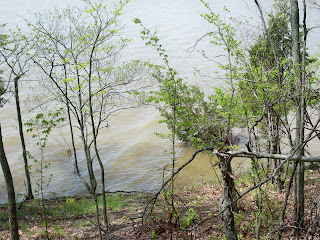A Glint of Gold
It has been a busy weekend, and preparing for a lunch guest today shortened my morning walk. I made up for it with a stroll later on.
This evening’s amble was full of cricket chirps, the teasing outline of a faint, almost-full moon and the slight scent of wood smoke. It has been warm but the thin air and the turning leaves are clear signs of the season.
As I neared home I passed an abandoned horse pasture. Some fence panels are broken and the grass is high. My eye flickered over the scene, looking for something, I’m not sure what. It was as I looked again at the path that I caught from a corner of my eye a glint of gold. Was it a butterfly come to visit us once more? Nothing of the kind. It was a yellow leaf fluttering slowly to the ground.

